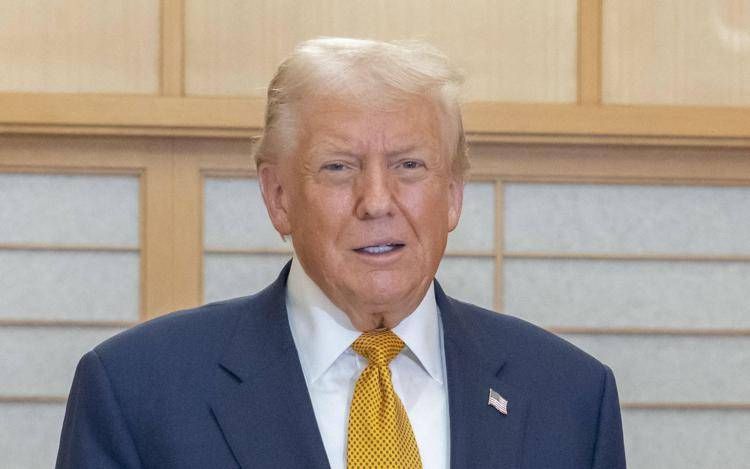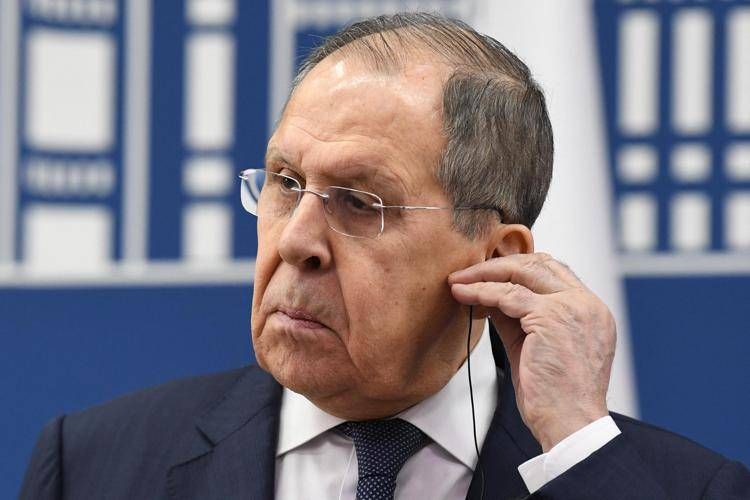
Ukrainian surgical strike in Russia: why it is a game-changing blow
Analysis of an unprecedented operation: Kiev struck at the heart of Russia with an invisible strategy and ingenious logistics. Dozens of military aircraft damaged or destroyed
The Ukrainian attack on four Russian air bases was bold, daring and, above all, surgical. Days later, not only the scale of the operation but also the sophistication of its planning and its potential impact on Russian offensive capabilities are becoming clear. As CNN pointed out, Kiev was able to strike where Russia believed itself to be safe, damaging or destroying dozens of military aircraft used for large-scale bombing of Ukrainian civilian targets.
According to the Ukrainian Security Service (SBU), 41 aircraft were hit, including strategic bombers and surveillance aircraft. If confirmed even in part, this would represent a serious blow to Russia’s ability to maintain constant air pressure on Kiev. Justin Bronk, a researcher at the Royal United Services Institute, called the operation “an extraordinary success” and capable of significantly reducing Russia’s long-range firepower.
The strike was carried out on four bases far from the Ukrainian border: Belaya (Irkutsk), Olenya (Murmansk), Diaghilev (Ryazan) and Ivanovo. In some cases, the distances involved were more than 4,000 kilometres. According to CNN sources, it was precisely this distance that prompted Moscow to lower its guard, leaving strategic aircraft exposed and easily detectable by public satellite imagery.
The method of attack was also surprising: the drones did not take off from the Ukrainian border but were smuggled into Russia. Once hidden in mobile structures — wooden sheds loaded onto trucks — the drones were brought close to their targets. The roofs were then opened for launch. A Ukrainian source confirmed that the drones were controlled remotely via Russian mobile connections that are difficult to trace.
The operation involved 117 drones, according to Ukrainian President Volodymyr Zelensky. SBU agents operated in three different time zones and reportedly returned home before the attack began. The use of FPV (First Person View) drones and local networks instead of systems such as Starlink allowed operators to remain invisible to Russian countermeasures.
Russia has branded the attack as “terrorist”, but air defences failed to react in time. The lack of heavy machine guns, the only effective weapon against low-altitude drones in these conditions, left airports considered untouchable vulnerable.
The attack is not just a symbolic action, but a concrete demonstration of Ukraine’s ability to strike deep into Russian territory, bypassing distances and technological limitations. It is, in fact, a new phase of the war: no longer just resistance, but the ability to infiltrate, coordinate and launch surgical strikes against the exposed nerves of Russian military power.
THE LATEST NEWS
(Photo: © AndKronos)
-

 Scienza e Ricerca23 ore ago
Scienza e Ricerca23 ore agoTempesta geomagnetica “CME cannibale” colpisce la Terra: aurora visibile anche in Italia
-

 International-News22 ore ago
International-News22 ore agoJeffrey Epstein emails reveal contacts with Donald Trump
-

 Flash23 ore ago
Flash23 ore agoViolenza sulla moglie a Limbiate, uomo arrestato: le getta benzina sul volto
-

 Flash22 ore ago
Flash22 ore agoFicarazzi, arrestato 24enne per minacce e aggressioni alla ex compagna















